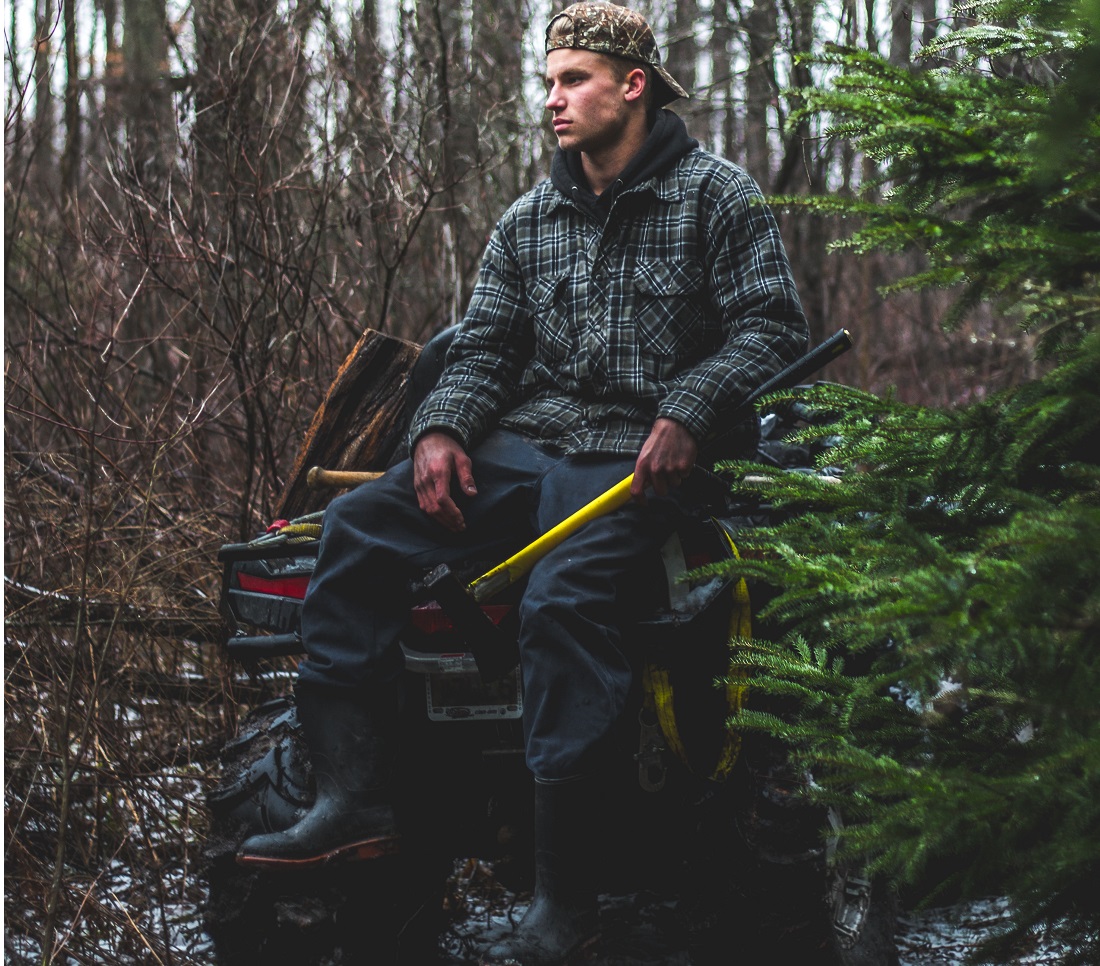ATV Proficiency: A Comprehensive Overview to Off-Road Dominance
ATV Proficiency: A Comprehensive Overview to Off-Road Dominance
Blog Article
ATV Riding Strategies: Grasping the Art of Off-Roading

Body Positioning
To properly navigate via challenging off-road surface, it is important for ATV cyclists to constantly maintain correct body placing. Preserving the right body setting while riding an ATV not just improves control and security yet also guarantees the cyclist's safety and security. By adopting the right body positioning methods, motorcyclists can effectively disperse their weight, enhance their equilibrium, and reduce the threat of injuries or crashes.
One trick element of proper body positioning is keeping the feet on the foot pegs. Positioning the feet on the foot fixes allows the motorcyclist to preserve security and control over the ATV. The rider's knees need to be a little bent, offering a minor suspension to maintain and soak up shocks equilibrium. Furthermore, the motorcyclist's top body must stay kicked back and flexible, permitting smooth and quick movements when essential. This includes maintaining a light grasp on the handlebars to maintain control without extreme pressure.
Furthermore, the cyclist's eyes ought to constantly be focused in advance, checking the surface and expecting any type of barriers or changes in the path. By preserving an onward stare, motorcyclists can make instant decisions and react properly to challenging terrain.
Throttle Control
Building upon the relevance of proper body placing for ATV bikers, grasping throttle control is an important ability that makes it possible for cyclists to properly steer via numerous off-road surfaces. Strangle control describes the ability to regulate the quantity of power provided to the ATV's engine. By recognizing exactly how to control the throttle, motorcyclists can make certain a regulated and smooth velocity, enabling them to navigate barriers with accuracy.
Unexpected or jerky movements can trigger the ATV to lose traction or become unpredictable, making it hard to keep control. This method enables the ATV to keep a stable speed and gives far better traction, lowering the threat of accidents.
Along with smooth inflection, cyclists must likewise discover how to balance the throttle with other riding techniques, such as body positioning and stopping. When climbing high hills, riders need to use sufficient throttle to maintain momentum without causing or overpowering the atv wheel spin. Similarly, when descending steep slopes, cyclists ought to make use of the throttle in mix with proper body stopping and placing to keep control and stop the ATV from sliding or toppling.

Braking Techniques
A vital element of ATV riding techniques is grasping effective braking strategies. It is essential to bear in mind that extreme braking with only the front brake can cause the ATV to pitch forward, possibly leading to loss of control or even turning over. By mastering these stopping techniques, you can enhance your ATV riding abilities and make certain a secure and delightful off-roading experience.
Cornering Techniques
One crucial element of mastering ATV riding methods great post to read is recognizing efficient cornering methods. Catching on an ATV can be challenging, yet with the appropriate methods, motorcyclists can navigate turns safely and effectively. The secret to effective cornering is to preserve control of the ATV while making best use of grip and minimizing the risk of tipping over.
To perform an appropriate cornering method, motorcyclists must approach the turn at a suitable rate, ensuring they are not going also slow or too rapid. It is important to change the body weight in the direction of the inside of the turn, leaning right into it to preserve balance and security. This aids to counterbalance the centrifugal pressure and maintains the ATV upright.
Additionally, riders should maintain their eyes focused on the departure factor of the turn instead of the prompt path in advance (ATV). This permits smoother and much more precise guiding, as it aids the pop over here biker anticipate any kind of obstacles or changes in surface
In addition, proper throttle control plays a significant duty in cornering. Bikers need to regulate the throttle smoothly, staying clear of abrupt accelerations or slowdowns, which can create loss of control.
Uphill and Downhill Riding
When navigating off-road terrain, ATV motorcyclists should master the techniques for uphill and downhill riding to keep control and make sure safety. Uphill riding requires a combination of balance, throttle control, and weight distribution. As cyclists ascend high slopes, they must lean onward to change their weight in the direction of the front of the ATV, which raises traction on the front wheels and protects against the automobile from turning backwards. ATV. Furthermore, preserving a regular throttle and preventing unexpected velocity or slowdown aids to avoid the ATV from shedding energy or getting stuck. Downhill riding, on the other hand, requires cyclists to lean back and move their weight in the direction of the rear of the ATV. This aids to preserve stability and stop the vehicle from turning forward. It is important to make use of the brakes moderately and use them slowly to avoid locking the wheels and blowing up. Riders must select the course with the least challenges, as browsing downhill can be a lot more challenging due to the enhanced speed and lowered grip. By grasping the techniques for uphill and downhill riding, ATV bikers can confidently deal with different off-road terrains and take pleasure in a thrilling and risk-free you can try this out journey.
Conclusion
Finally, mastering the art of ATV riding requires a mix of body positioning, throttle control, stopping methods, and effective cornering. Uphill and downhill riding likewise need details skills to browse securely. By applying these techniques, cyclists can boost their off-roading experience and enhance their overall control and safety and security on the ATV.
ATV Riding Techniques: Understanding the Art of Off-Roading is an extensive overview that digs into the ins and outs of mastering the skills needed for off-road ATV riding. Whether you are a novice or a skilled cyclist, ATV Riding Techniques: Understanding the Art of Off-Roading offers important suggestions to aid raise your off-road ATV riding skills to the following degree.

Report this page